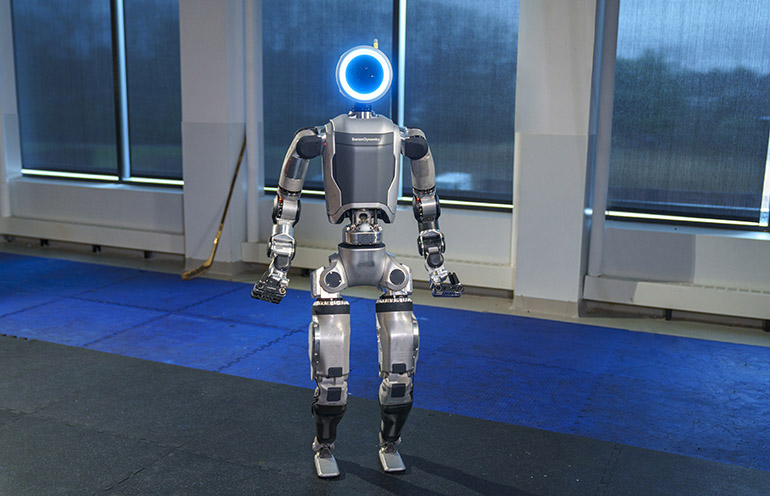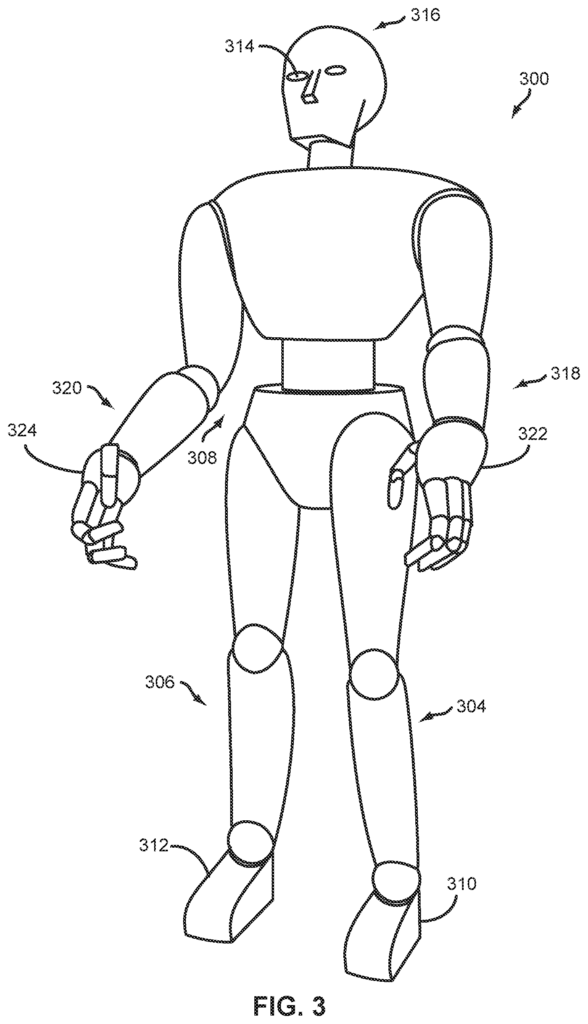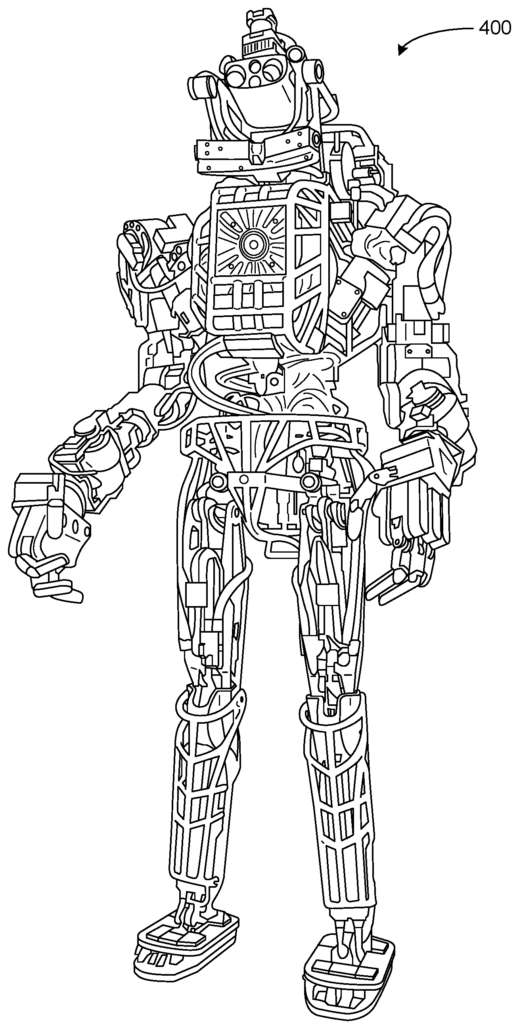Boston Dynamics Atlas is a highly advanced humanoid robot designed to perform complex movements like walking, running, and even backflips. Created by Boston Dynamics, Atlas is known for its agility and ability to balance on two legs, mimicking human motion. Its main purpose is to assist in research and development, exploring how robots can help in real-world tasks.
Image Credit: Source
Recently, Atlas has been in the news for successfully performing parkour-style maneuvers, showcasing its impressive balance and movement control, making it a big step forward in robotics innovation.
Image Credit: Source
Working Principle – The working principle of Boston Dynamics Atlas lies in the integration of advanced robotics, sensory perception, and real-time control systems, which allow it to perform precise and agile movements. Here’s how it operates:
Humanoid Robotics – Atlas features a human-like form with two arms, legs, and a torso, allowing it to simulate human movements with great precision. The robot’s body is designed to maintain balance and move seamlessly across various terrains, making it highly versatile. Its 3D-printed components allow for lightweight and durable construction, ensuring high performance without sacrificing mobility.
Sensory Perception – Atlas is equipped with a variety of sensors, including LiDAR and stereo vision systems, which help it navigate and understand its environment. These sensors allow the robot to detect obstacles, assess its surroundings, and move autonomously, even in unpredictable environments.
Real-Time Control Systems – A crucial aspect of Atlas’s functionality is its real-time control system. This system processes data from its sensors to adjust its posture and balance in real time, allowing it to perform complex maneuvers like running, jumping, and even maintaining stability on rough terrain. Advanced control algorithms enable it to adapt dynamically to external forces, ensuring stable movement in challenging conditions.
Key Patents behind Boston Dynamics Atlas Technology
US10525601B2 – This patent covers the method of controlling the motion of a humanoid robot, detailing the techniques for maintaining balance and adjusting the movement trajectory in real-time. This is crucial for Atlas’s agility and ability to perform dynamic tasks like jumping or avoiding obstacles.
US20240184731A1 – This patent outlines the robotic limbs’ mechanical design and its motion control algorithms. It details how Atlas’s legs and arms function to provide smooth and human-like movements, making it capable of performing advanced tasks such as parkour-style running and climbing.
Products Working on Similar Technologies
Boston Dynamics Atlas competes with other advanced humanoid robots like Agility Robotics’ Digit, Tesla Bot, Honda’s Asimo. While Digit focuses on warehouse and logistics automation with bipedal mobility, Asimo represents a blend of social interaction and mobility. Each of these robots brings unique features, but Atlas stands out with its exceptional agility and ability to perform tasks in rugged environments.
Conclusion
Boston Dynamics Atlas is a groundbreaking advancement in humanoid robotics, showcasing a perfect balance between human-like agility, environmental awareness, and complex task execution. By leveraging its advanced sensory systems, real-time control algorithms, and cutting-edge design, Atlas continues to push the boundaries of what is possible in humanoid robotics. Its ability to operate in unpredictable environments opens new possibilities for robotics in disaster response, industrial applications, and exploration.
What other companies are filing patents in the Humanoid Robots space? Request a patent landscape around this technology by filling out the form below:






